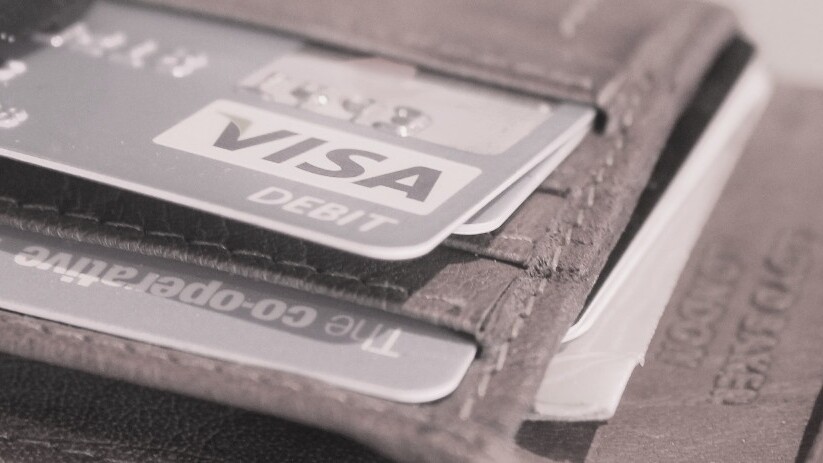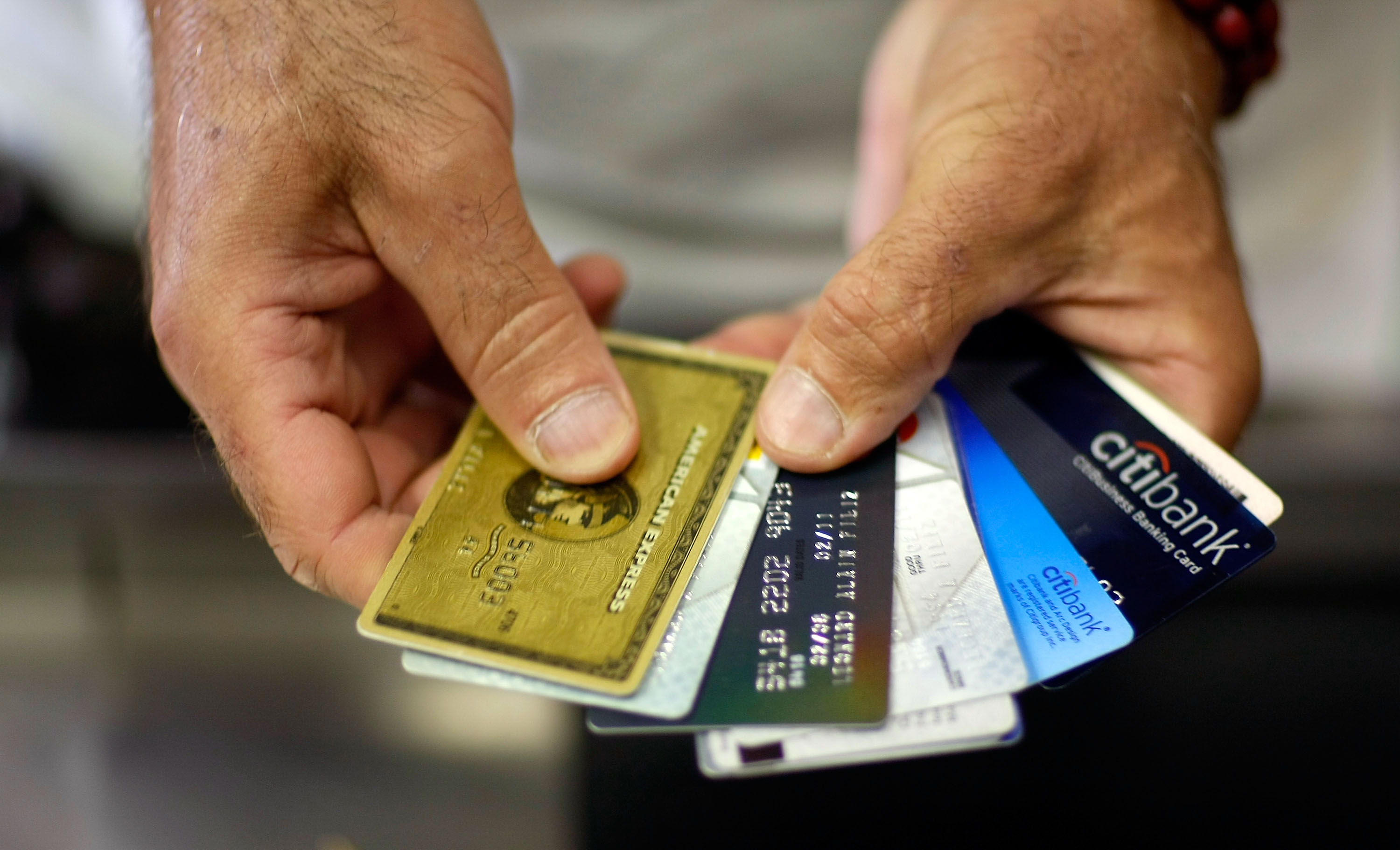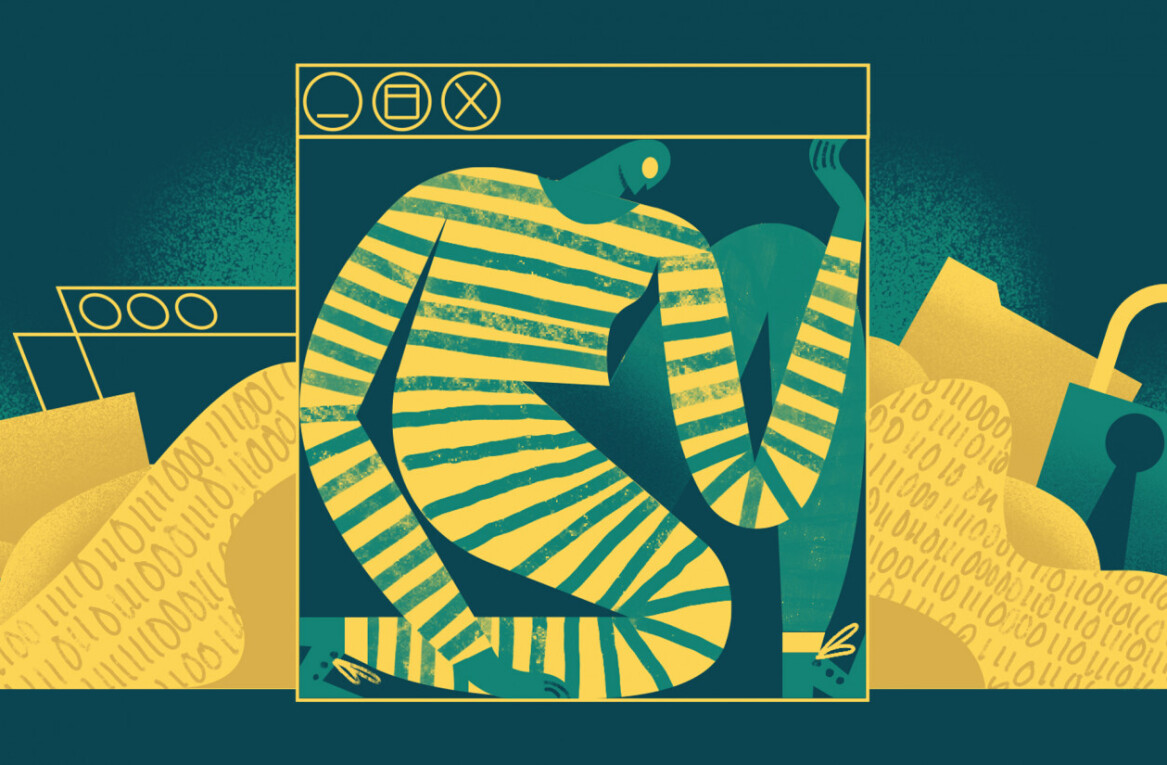
Fintech is as old as finance itself. And throughout history, technology has always sparked innovations in the way money is used and perceived.
Think of the groundbreaking impact the introduction of money would have had in traditional barter economies – where each party in an exchange must want what the other party has to offer.
This would have been an extreme dampener on commerce as transactions could only happen in a mutually beneficial exchange.
Money solved this problem.
It acts as a medium of exchange, which could also store value over time.
The first official use of coins was in the Ancient Kingdom of Lydia, now part of Turkey, in the seventh century BC. Coins turned into paper in 17th century Europe. Paper later hardened to plastic, with the use of debit and credit cards gaining popularity in the 70s and 80s.
But the evolution of money is far from complete. Today, more than ever, money is advancing in some creative ways.
Money is invisible
The evolution of money has largely been about removing obstacles in the purchasing process.
Mobile wallets such as Apple Pay and Android Pay have slowly – and perhaps unsuccessfully – attempted to replace the more leather kind. But moving beyond this, recent experimentation with ‘hands free’ payment is trying to circumvent the need to reach into your pocket.

Google is currently running pilots in participating stores, where customers can pay with the mantra “I’ll pay with Google.”
The behind-the-scenes technology lies in a combination of Bluetooth Low Energy (BLE), Wi-Fi, location services along with photo identification to confirm the customer’s identity and automatically receive a payment.
Paypal is also going hands free and using beacons to interact with a customer’s mobile phone for payment. If these technologies take off, money will become invisible in our every day transactions.
Money is social
Not satisfied with pervading nearly aspect of our social lives, the social media behemoths are also intent on tapping into our financial lives.
Individuals have too long relied on banks and payment providers to transfer money and make payments however this monopoly is nearing its end.
Facebook Messenger has enabled payments in its chat functionality so users do not have to suffer the inconvenience of leaving their chat window to transfer money to a friend. On the e-commerce side Twitter has partnered with stores to enable users to ‘Buy Now’ while on a brand’s Twitter page – creating a lightning fast, convenient checkout process.
Money is everything
So now that our virtual world is becoming saturated with money, what’s happening in the physical world?

There’s an eerie sense that money is becoming both invisible yet omnipresent.
The Internet of Things is proving that money need not be limited to cash, card and mobile. Why stop there when payment functionality can be embedded into every conceivable device on the planet.
Gartner has predicted that the growth in Internet of Things will lead to over 20 billion devices connected to the internet in 2020, many of which could be turned into payment machines.
MasterCard is pioneering the marriage of IoT and payments having forged partnerships in industries such as the automotive industry and the jewellery business.
Smart ring company Ringly will enable ring-wearers to pay in style whereas car manufacturer General Motors has prototyped a smart key fob that also acts as a payment device.
Money is therefore unbundling. No longer tied to cash or card, it is integrating into every aspect of our lives.
How we pay for things will be more context dependent in the future.
We’ll pay for gas with our key fob. We’ll pay for low-cost items with a smart watch. We’ll pay for food deliveries with our smart fitness tracker.
Ironically, in order for it to be invisible, money needs to be everywhere and in everything.
Image credit: Shutterstock
Get the TNW newsletter
Get the most important tech news in your inbox each week.




